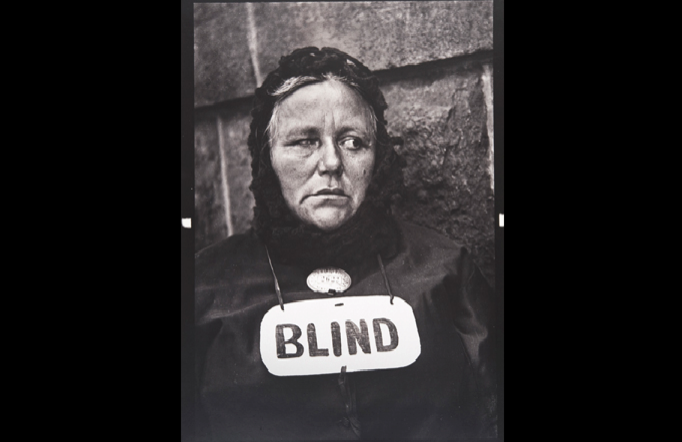Philadelphia Museum of Art acquires valuable works by photographer Paul Strand

As part of a purchase agreement with the New York-based Aperture Foundation, the Philadelphia Museum of Art announced the acquisition of around 1422 images by the 20th century photographer Paul Strand on November 18, 2010. The museum has further entered into an agreement with the foundation to purchase an additional 1276 photographs.
Recognized as one of the one of the most significant artists in the history of photography, Paul Strand (1890-1976) is known for his explorations of the modernistic possibilities of camera. His abstract collection of 'street photographs' of people he caught unawares in urban New York settings has particularly attracted the attention of the masses.
It was in 1915 that Paul produced his iconic masterpiece 'Wall Street' which was followed shortly by the addition of the 'Blind Woman' in 1916.
Through his contributions to modernistic art, the American photographer soon became the leading inspiration to the likes of Walker Evans, Dorothea Lange, Henri Cartier-Bresson, and Robert Frank.
In 1920, Strand explored the camera's potential to exceed human vision, making intimate, detailed portraits, and recording the nuances of machine and natural forms.
The Philadelphia Museum of Art has a long-term association with the works of Paul Strand. It was in 1971 that curator Michael E. Hoffman organized Strand's first major retrospective since 1945 - 'Paul Strand: A Retrospective, 1971' - in the museum.
Since then, the museum has time and again brought to light new shades of the 20th century artist's photographs.
The Paul Strand Collection at the Philadelphia Museum of Art will rank among the finest and most significant groups of works by key figures in the history of photography held by any museum in this country, said Timothy Rub, the George D. Widener Director and Chief Executive Officer, in a statement.
This is a major achievement. We are exceptionally grateful to the dedicated support of our enlightened donors, the Honickmans and the Lenfests, who recognized the value of their gifts to the Museum's mission and to the study of the history of photography and worked together to help us strengthen the Museum's collection, Rub went on to acknowledge the generosity of philanthropists Lynne and Harold Honickman, Marjorie and Jeffrey Honickman, and H.F. Gerry and Marguerite Lenfest.
The Paul Strand Collection will allow for the detailed study of Strand's career with prints from the majority of his negatives, including most known variants of individual images. The collection will thus be an essential source of data for any scholar to study 20th-century photography.
Highlights of the acquisition include a gelatin silver print Blind Woman (1920), Rebecca (1921), Georgia O'Keeffe (1917) and Fern (1928). Apart from the prints and slides, the acquisition includes the gift of 566 gelatin silver and platinum prints from Strand's negatives by the eminent American photographer Richard Benson, made for Aperture in the 1980s.
© Copyright IBTimes 2025. All rights reserved.





















